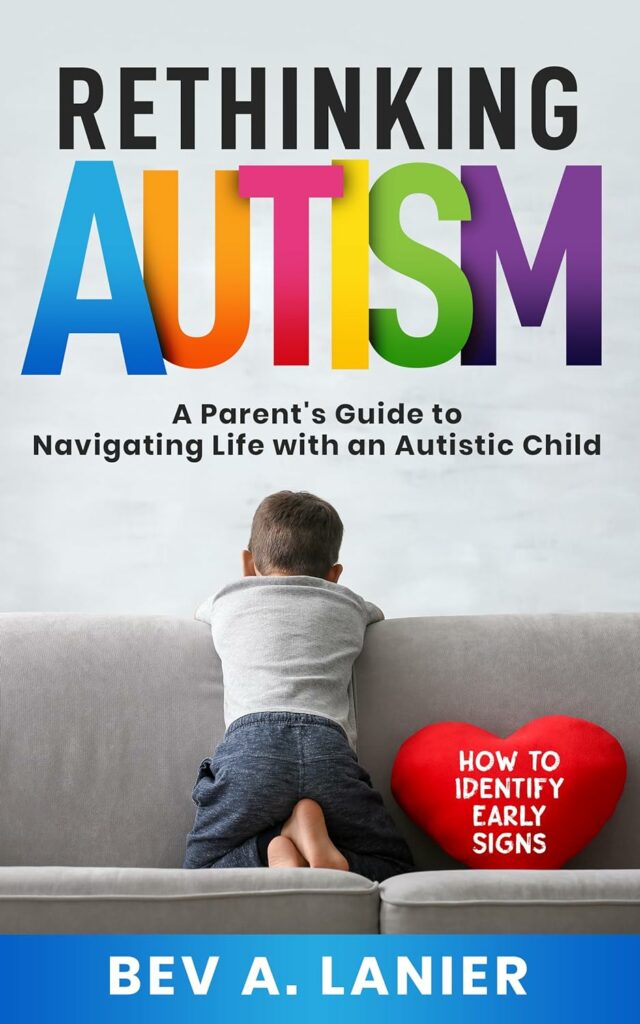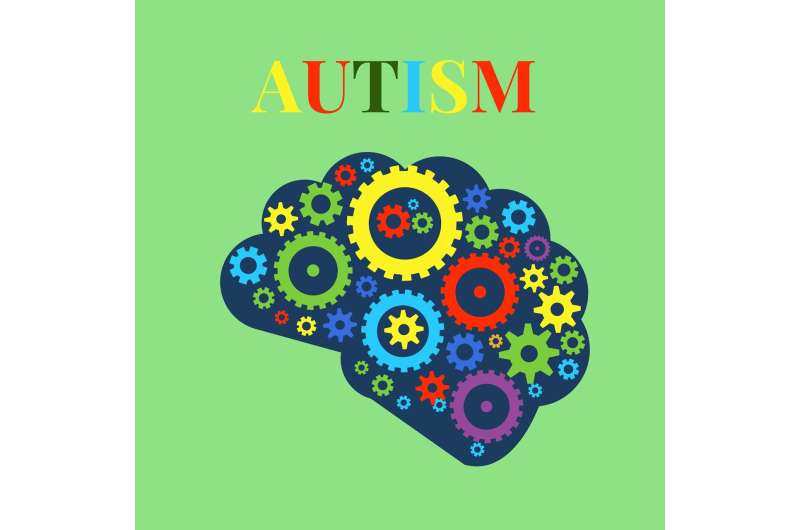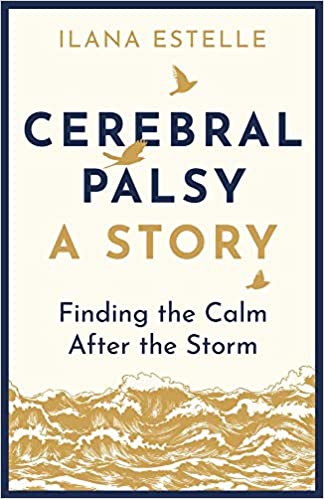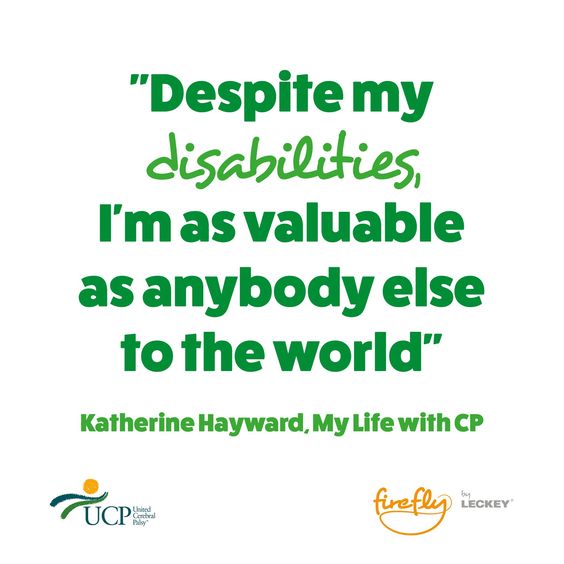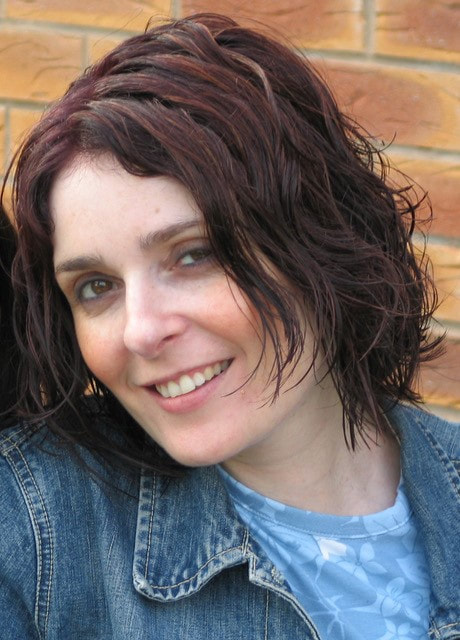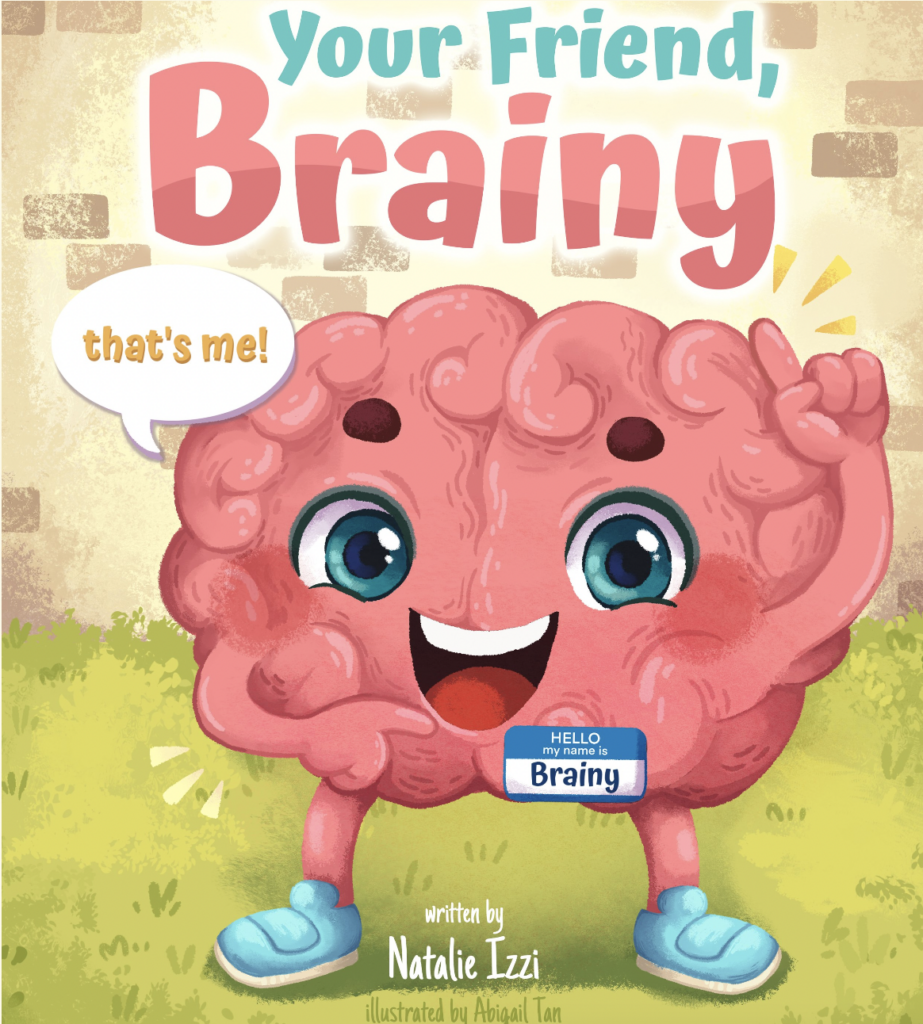
Meet your new friend, Brainy! Brainy is a fun-loving brain who’s excited to guide you on a journey to explore how your brain works, why we experience big emotions, and how we can support our brain when those feelings arise.
This playful and insightful book empowers children to better understand their brains and gives them simple, easy ways to regulate their emotions using neuroscience. Come along with Brainy for an adventure into the science of feelings!
Watch the book trailer!
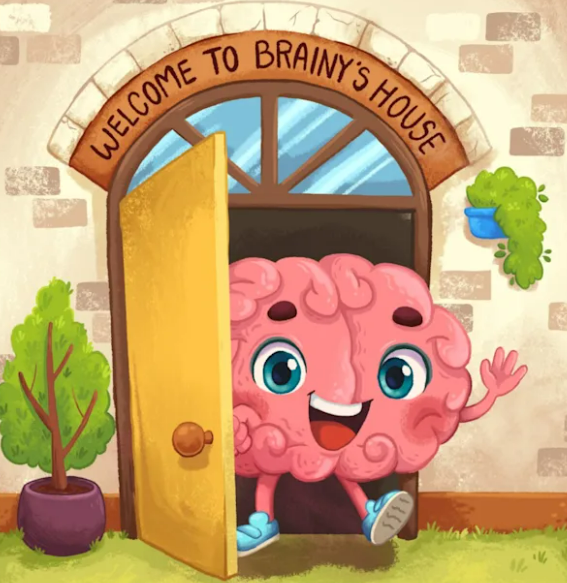
I received a complimentary copy of this book from Reedsy Discovery. I voluntarily chose to read and post an honest review.
Our brain is a complex organ with many working parts. Think of it as a supercomputer for your body. It regulates everything your body does thanks to a specific section or part of it. Your brain controls your emotions and movement, tells your heart to beat, stores your memories, and so much more. In Your Friend, Brainy, readers step inside Brainy’s house to learn about three important parts of their brain: the amygdala, prefrontal cortex, and hippocampus.
The first stop on the tour is the amygdala. Before kids learn its function, they discover how to pronounce this strange word: UH-MIG-DUH-LUH. Since the word appears many times in the story, I would mark the page in case young readers forget how to say this “super big word.” On the tour, Brainy teaches readers more than how to say the word. We discover which nut it’s shaped like and how it’s responsible for our feelings, especially the BIG ones.
Brainy informs kids that even though our brains have many parts with designated functions, they must and do help each other out. This leads kids into the next room of the brain tour, the prefrontal cortex, two big words that the author made learning about fun. It’s not every day you see a big brain wearing sunglasses and sneakers while chillin’ out in a cat cafe. This harmonious place was also called the Zen den and the chill grill, so choose which area your prefrontal cortex would visit to help calm the emotions created by the amygdala. Share those with the class!
Like in the last room, aka the amygdala, the author carefully and expertly explains how the prefrontal cortex can calm down those BIG feelings and quiet the internal blaring alarm, and it all starts with you and taking a deep breath. Yes, kids will become active participants in the story, helping them retain the information and (hopefully) recall it when needed. Brainy points out that controlling your breathing is not the only way to calm yourself down. There was a lovely picture collage featuring kids doing what makes them happy, such as talking to someone they love or watching a show that makes them smile. Happy faces on, we enter the last room on the brain tour: the hippocampus. I loved the wordplay and illustration, playfully acknowledging that despite its name, no, a hippo isn’t walking around on your brain. However, this part of your brain is responsible for learning and remembering. It also helps with feelings and memories.
Each part of the brain is remarkable, but they rely on each other every day. Through Your Friend, Brainy, kids learn that even our brains need the power of teamwork to work properly. I recommend adding this delightful and entertaining story to your SEL (Social-Emotional Learning) curriculum. Help kids ages 4 years and up understand how fantastic our brains are and the vital work the amygdala, prefrontal cortex, and hippocampus do through easy-to-understand text brought to them by a humorous and wonderful host, Brainy.
Brainy wrote a sweet thank you letter to readers. Please take a moment to read it and carry out their small request. (Read the story for more info.)
Heart Rating System:
1 (lowest) and 5 (highest)
Score: ❤❤❤❤1/2
(4.5 stars rounded to 5)
Meet the Author

Author Natalie Izzi has a Masters in Education and brings 12 years of experience in teaching children and adults the art of self-regulation through a unique blend of neuroscience, mindfulness, and restorative practices.
She founded and led The Enlightened Schools Project, a professional development company dedicated to bringing her program to a variety of districts, universities, classrooms, and homes.
Currently, Natalie continues her work in public education, where she teaches Kindergarten and leads social-emotional learning initiatives for her district in Phoenixville, PA.
This is her debut children’s book, which integrates many of the most effective strategies she’s discovered for helping children develop the skills to self-regulate.
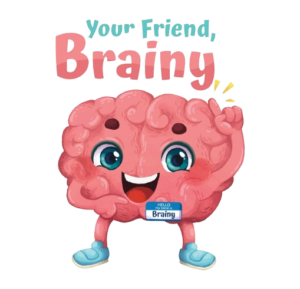
![]()

